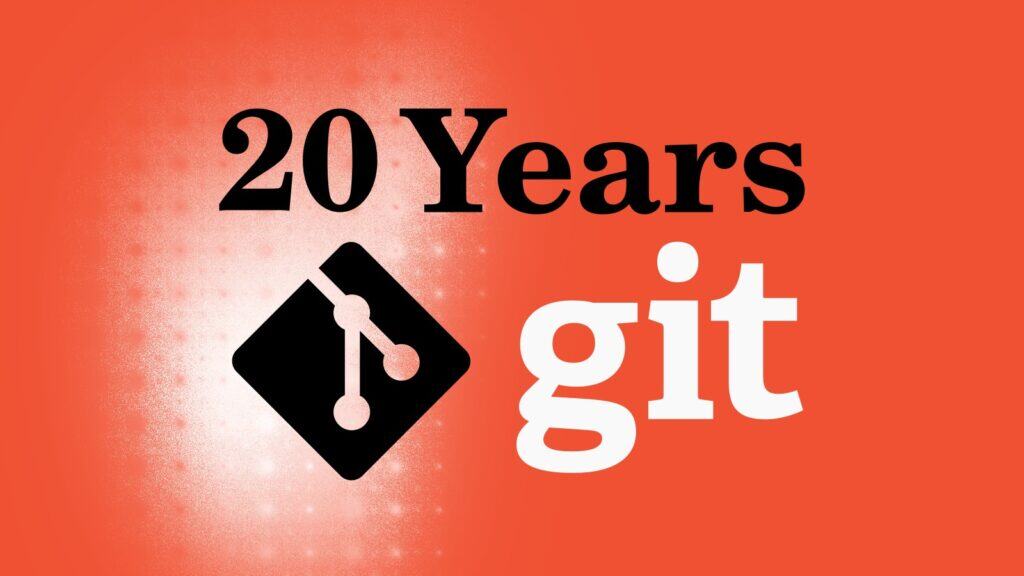Yesterday (April 7) was a special one—not just for the open source community, but for software development worldwide. One of the most essential tools in modern development turned 20 years old. Yes, that’s right, I’m talking about the legendary distributed version control system, Git!
The story behind Git’s creation is tied to interesting facts many might not know, so let me share a few.
First, it might surprise you that the creator of Git is none other than Linus Torvalds. Yep, that’s right—the same Linus Torvalds who developed Linux, the free and open-source operating system that has ruled the server world for many years and is now gaining more ground on desktops, too.
In the early 2000s, he and other Linux kernel developers used a distributed version control system called BitKeeper (now defunct). The catch? It was proprietary software protected by patents and copyrights.
Things took a turn when the company behind BitKeeper claimed that one of the developers was using reverse engineering techniques against BitKeeper to build an open-source software called SourcePuller. This tool acted as a client that could communicate with BitKeeper.
That incident turned out to be the last straw for Torvalds. He decided it was time to build a distributed, open-source version control system that not only matched but surpassed BitKeeper’s capabilities—and gave kernel developers a more powerful and flexible way to collaborate.
Then came the actual coding of the first working version, taking Torvalds… you guessed it, a full ten days. After that, he continued to maintain Git for the next four months. Reflecting on it in an interview for Git’s 20th anniversary, he shared:
Git was never a big thing for me. It was a, “I need to get this done to do the kernel.”
Is there really anything more to say after a statement like that? It seems that in his early years, Torvalds had a real passion for hobby projects that were ‘not much’—yes, that’s a nod to Linux—but ended up changing the software world forever.
Believe it or not, these days, everything from the software in the chip that brews your morning coffee to the systems launching rockets into space relies on Git to develop and manage their code.
Beyond its impressive (and undeniable) technical strengths, Git’s real beauty lies in its distributed nature. Instead of relying on a centralized server for every last operation, Git stores full versions of the project history locally.
Consequently, developers can commit changes, browse revisions, or create new branches while working offline. When it’s time to synchronize, they simply pull the latest code and push their own contributions to a remote repository, such as GitHub, GitLab, Gitea, Bitbucket, or whatever.
If you’re involved in software development in any way, you know exactly what I’m talking about. Honestly, it’s hard to imagine the field existing without Git—it’s just that essential. That’s why I often wonder: which of Linus Torvalds’ contributions had a bigger impact—creating Linux or spending ten days building Git? It’s a fun question to think about.
One thing’s for sure: Git has completely transformed how software is built. It’s become a cornerstone of the modern tech world—something we truly can’t imagine working without. And from the looks of it, that’s not changing anytime soon. So here’s to Git on its 20th anniversary—you truly changed everything!
You can check out the full interview with Linus Torvalds in GitHub’s anniversary blog post.
